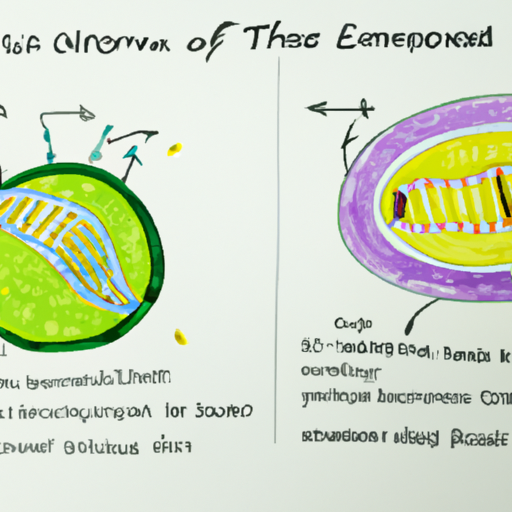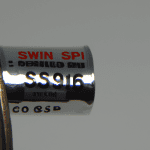Introduction:
Gene regulation is a fundamental process that controls the expression of genes in both eukaryotes and prokaryotes. While the basic principles of gene regulation are similar in these two types of organisms, there are significant differences in the mechanisms and complexity of gene regulation between eukaryotes and prokaryotes. In this article, we will explore and compare the two ways in which gene regulation differs in eukaryotes and prokaryotes.
Difference 1: DNA Organization
One major difference between gene regulation in eukaryotes and prokaryotes lies in the organization of DNA. In prokaryotes, the DNA is organized into a single circular chromosome, which is relatively small and lacks a nuclear membrane. This compact organization allows for easy access of regulatory proteins to the genes, leading to simpler and more direct regulation. On the other hand, eukaryotes have multiple linear chromosomes that are tightly packed within the nucleus. The presence of a nuclear membrane and extensive chromatin packaging poses a challenge for regulatory proteins to access specific genes. Eukaryotes have evolved complex mechanisms such as chromatin remodeling and histone modifications to regulate gene expression.
Difference 2: Transcriptional Regulation
Another significant difference between gene regulation in eukaryotes and prokaryotes is the level of transcriptional regulation. In prokaryotes, gene expression is primarily regulated at the transcriptional level. Regulatory proteins, known as transcription factors, bind to specific DNA sequences called promoters or operators, either enhancing or inhibiting the binding of RNA polymerase to the gene. This direct control allows for rapid and efficient response to environmental changes. In contrast, eukaryotes exhibit a higher level of complexity in transcriptional regulation. They have multiple layers of regulation, including enhancers, silencers, and various transcription factors that interact with specific DNA sequences. Additionally, eukaryotes utilize RNA processing and alternative splicing to generate multiple protein isoforms from a single gene, further expanding the regulatory potential.
Conclusion:
In summary, gene regulation in eukaryotes and prokaryotes differs in two main ways. Firstly, the organization of DNA in eukaryotes, with multiple linear chromosomes and a nuclear membrane, poses a challenge for regulatory proteins to access genes compared to the compact circular chromosome in prokaryotes. Secondly, eukaryotes exhibit a higher level of complexity in transcriptional regulation, involving multiple layers of regulation and alternative splicing. Understanding these differences is crucial for comprehending the intricate mechanisms of gene regulation in both types of organisms and can provide insights into the evolution of gene regulatory networks.




